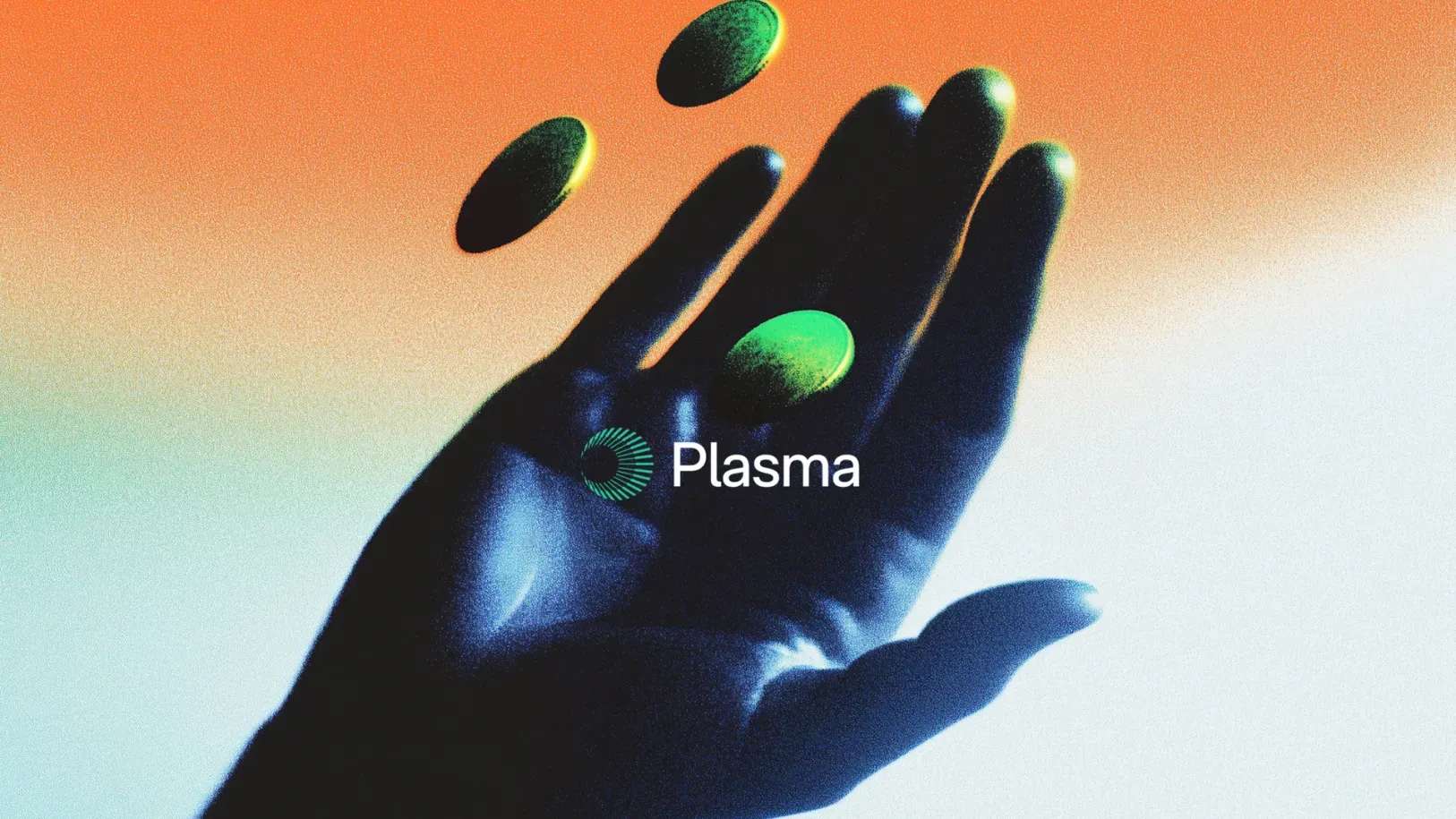Plasma Wants to Own Stablecoin Fever

Lately, stablecoins seem to have achieved crypto's clearest product-market fit.
Since January 2023, payment companies settled over $94.2B in stablecoin payments; monthly volumes have grown from under $2B to over $7.3B, according to research done by Artemis, Dragonfly, and Castle Island Ventures.
Despite years of insolvency claims and corporate scandals, Tether continues to stand as one of crypto's biggest success stories. Accounting for 62.5% of total stablecoin supply, USDT can be found across a dozen-plus networks, though most of its action takes place on Ethereum and Tron.
But despite the unrelenting narrative hype around stablecoins, there surprisingly still hasn't been much in the way of dedicated chain-level infrastructure designed for heavyweights like USDT.
Enter Plasma, an upcoming, USDT-centric blockchain purpose built for stablecoins. This morning, users filled the $500M pre-deposit cap for the public token sale almost instantly. Amid the rush, one user spent nearly $100K in fees to secure their allocation — reinforcing that Circle’s IPO may indeed only mark the beginning of the market’s appetite for dedicated stablecoin exposure.
In this article, we’ll run through just how Plasma looks to scratch the stablecoin exposure itch, how the chain has been built to unify stablecoin activity, and why the Tether link differentiates it. Let's dive in.
.@PlasmaFDN Deposit Live 🔥
— SB (@subinium) June 9, 2025
- $500M Cap
- 1,110 depositor
- Top 10 depositor 40%
- Top 25 depositor 59%
- Top 100 depositor 83%
Whale Money 🐋🐋🐋https://t.co/R8OMbDBggs pic.twitter.com/P930KneUam
An Overview of Plasma
To begin, Plasma is an EVM-compatible, Proof of Stake (PoS) blockchain explicitly optimized for stablecoin payments. While not officially a “Tether” chain, the project is funded by Tether/Bitfinex-adjacent capital (as well as other notable backers like Peter Thiel’s Founders Fund), creating direct alignment with the world's largest stablecoin issuer which will have special perks on the network.
Critically, Tether will not be the only stablecoin available on Plasma, with the chain planning to launch with integrations from major names — including Aave, Maker, Curve, and Ethena. Mainnet is currently still slated for Q2 of this year and will feature expected services like general stablecoin-centric DeFi including lending/borrowing.
A core promise of stablecoins is supporting people in regions with currency volatility.
— Plasma (@PlasmaFDN) May 8, 2025
That promise has played out in Turkey, where stablecoin adoption is among the highest in the world.
Today we’re announcing our next major ecosystem partner: @BiLira_Kripto. pic.twitter.com/QEdD8CcwoI
Plasma's Architecture
Under the hood, Plasma runs on PlasmaBFT, a modified Fast HotStuff design tailored for high-throughput, low-latency stablecoin transfers — similar to Hyperliquid's consensus approach. The execution layer is built on Reth, a modular, Rust-based Ethereum engine, providing the aforementioned full-EVM compatibility.
Plasma uses a dual-validator architecture where one validator set secures consensus, while a second processes gasless USDT transfers in a high-speed, low-cost lane. Initially, this validator set will be permissioned before decentralizing over time.
Beyond just being fast and cheap, the chain brings a set of unique features to make it the “best” place for stables:
• Zero-fee USDT transfers: Reserved for basic USDT payments, these free transactions run on a parallel block layer to avoid general network congestion. Users can choose to wait a bit longer for their transfer in exchange for paying no fees. To prevent spam, the system sets rules like requiring a minimum balance and limiting how often someone can send transactions.
• Custom gas tokens: Users can pay fees using approved tokens like USDT or BTC, instead of needing a special gas token. This makes it easier for apps built on Plasma to let people use their own token for fees. Behind the scenes, the network automatically swaps the token into Plasma’s XPL gas token at the current market rate, so users don’t have to worry about keeping extra tokens just to make transactions.
• Confidential transactions: The team plans to implement shielded transfers that conceal transaction details, allowing users to maintain financial privacy without breaching compliance.
• Bitcoin-anchored security: Plasma regularly saves a summary of its latest state directly onto Bitcoin, so changing Plasma’s history would require rewriting Bitcoin’s — nearly impossible. Users can also stake BTC through a secure bridge, with withdrawals handled via Taproot and threshold signatures — no central custodian required. While inspired by BTC rollup philosophy, Plasma doesn't rely on future, smart-contract-like Bitcoin upgrades such as OP_CAT or covenants to be operational — it builds on what's live today.

Relationship to Tether
The relationship between Plasma and Tether runs far deeper than standard blockchain integrations.
Besides the funding connections and Tether’s privileged status on the chain via zero-fee transfers and whitelisted gas-token usage, Plasma will also support USDT0 — the third-party crosschain version of USDT which extends Tether’s reach to a whole host of ecosystems.
Plasma’s alignment with Tether also extends to its team. Christian Angermeyer, one of the chain’s co-founders, has worked for Tether to re-invest its substantial profits across multiple industries, from mining to AI, tying the two together even further.
Moving money is the natural use case of blockchains, and stablecoins offer a superior alternative to the current rails used for global capital flows.
— Plasma (@PlasmaFDN) May 21, 2025
Hear from @pauliepunt, CEO and co-founder of Plasma, as he discusses this on his panel with @paoloardoino, CEO of Tether. pic.twitter.com/8rylzEq1Tb
Why Tether?
So why build a chain around Tether? In interviews, Plasma CEO Paul Faecks highlights Tether's role in providing worldwide dollar access without being constrained by domestic banking infrastructure.
Faecks believes that people just want a reliable stablecoin, and will choose that over one that offers 4% yield like USDC. Further, while USDC serves regulated U.S. and European contexts, Tether dominates in Turkey, Thailand, Argentina, Nigeria, and increasingly in developed countries worldwide — places where crypto is used as money, not middleware.
Tether has also recently made a push into tokenization with its Hadron platform, setting it up to issue RWAs beyond tokenized gold. Side by side, Plasma recently announced a partnership with Uranium Digital to bring uranium onchain.
Worth Watching?
Purpose-built chains have not gained much traction to date beyond outliers like Hyperliquid. With Plasma following a similar path — specialized infrastructure optimized for a specific use case rather than general-purpose smart contracts — it’ll be interesting to see how things unfold and whether this marks a turning point in chain design.
Plasma's core thesis is simple: if stablecoins are becoming the backbone of global finance, they deserve infrastructure built specifically for that purpose.
